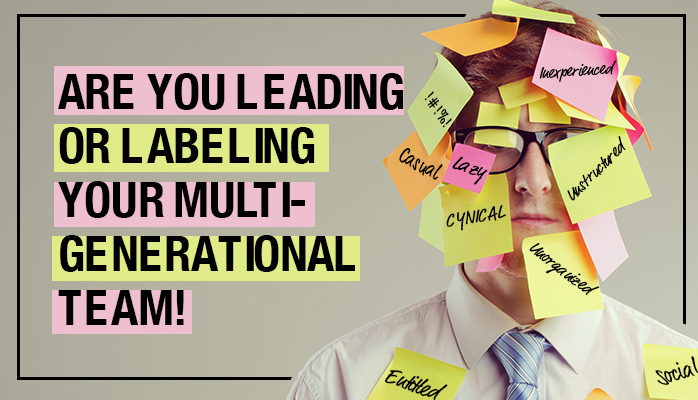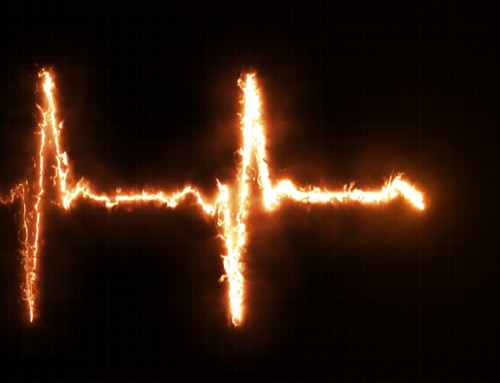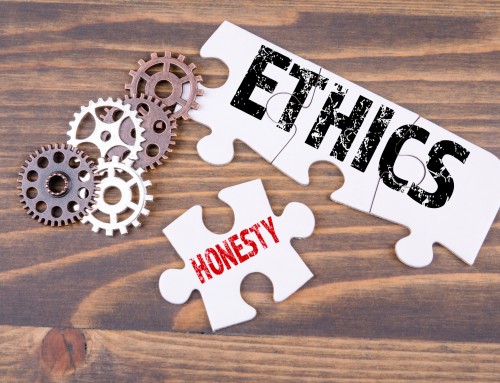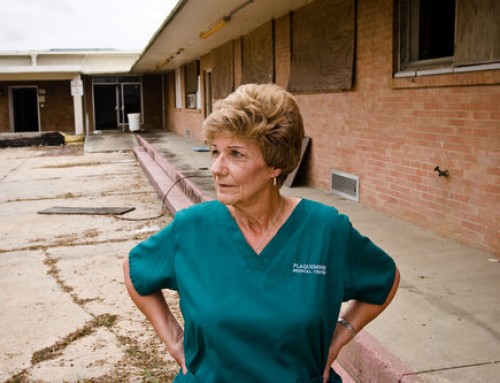Working with a multigenerational team in a hospital environment is a challenge for many hospital leaders today. Too often, senior executives and managers default to placing harmful (albeit unintentional) labels on their staff members, a move that perpetuates the “us” vs. “them” mindset, something that is neither productive nor healthy.
Rather than perceiving younger employees and more experienced employees in different ways, recognize and appreciate that each generation is influenced by events that powerfully affect how they experience the world. These different worldviews can sometimes collide in the workplace, leading to conflicts, miscommunications and loss of productivity. In healthcare, the lack of empathy and appreciation for generational differences and the values that others hold dear is also a real roadblock to cultivating a safe and just culture.
Managing multigenerational teams requires a solid understanding of the diversity of your hospital employees and the strategies needed to help your teams benefit from these differences. A generationally diverse workplace has potential for conflict between younger and older workers, but if you tap into the potential of this diversity and view differences as strengths, you will create a more productive, collaborative and innovative work environment.
Appreciating the differences
- Traditionalists (born before 1945) are scant in our healthcare workforce; however, for those who remain, they generally are committed to following policies and procedure.
- Baby boomers joined the workforce with passion and commitment. They generally value individual achievement and recognition.
- Gen X’ers are often concerned with work-life balance in which they “work to live” instead of live to work. For many, free time is highly valued, probably more so than money.
- Generation Ys/millennials are often fearless and blunt and offer their opinions freely. They don’t observe hierarchy and “correct” protocol as rigidly as older generations and have the expectation that their point of view is valid and should be heard. They freely embrace technology.
To learn more about how these biases play out at your hospital and how conflict between people from different generations is common, bring these diverse teams together for a general session to help raise awareness across team members and encourage opportunities to strengthen these teams.
Facilitated discussion points could include such questions as How can we balance a team, harnessing the best of what each generation has to offer and address the potential blind spots of that generation? How could differing viewpoints help our hospital in the areas of team creation, leadership and conflict resolution?
A group discussion aimed at raising awareness of strengths and biases can help create stronger teams, and the use of a facilitator can make these group discussions highly productive, helping team members appreciate what others have to offer.
At the conclusion of a general discussion, team members can break out in their own generational groups into separate rooms. These facilitated discussions can cover a range of topics including communication styles, challenges and opportunities of multigenerational teams. They can also:
- Establish vocabulary and open lines of communication
- Foster understanding between members of different generations
- Clarify generational influence in daily work
- Generate ideas for enhancing team dynamics
Team building
At the close of these sessions, the groups can return to a general session where they have the opportunity to share their ideas for enhancing team dynamics that were identified in the breakout sessions and brainstorm solutions as a team to a particular challenge they are facing at the hospital.
Diverse teams are often more adept at thinking outside the box, but they’re also prone to conflicts and may experience feelings of reduced community and engagement. You can gain the upsides of age diversity while limiting the drawbacks by understanding the motivations of each generation and teaching multigenerational team members how to better communicate across generations and understand how each generation has different points of view, work ethic and reward systems.
Another good resource is the report “Managing an Intergenerational Workforce: Strategies for Health Care Transformation” developed by the 2013 American Hospital Association’s Committee on Performance Improvement. The report outlines how hospitals and care systems can build a culture that nurtures employees of all ages to provide excellent patient care.







